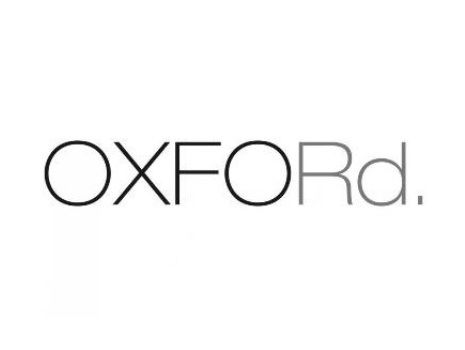At CES, New Auto Tech Raises The Bar On In-Car Experience.
- Inside Audio Marketing

- Jan 12, 2024
- 3 min read

Automotive has become central to CES and this year’s show unveiled new technology that signals a changing in-car experience that emphasizes personalization and customization. “We see this across OEMs, whether we're looking at concept cars or vehicles that are already in the marketplace,” said Jacobs Media President Fred Jacobs on the show floor, providing exclusive reports for Inside Radio.
One driving factor behind much of the new tech is EV owners looking to make use of the time it takes for their battery to recharge at a charging station. From practical tools like Zoom and Microsoft Teams to entertainment options like videogames, radio will have more competition on the road than ever before.
BMW showed the ability to mirror a smartphone videogame on the vehicle’s screen. And those screens keep getting larger. BMW’s retractable 31.3-inch Theatre Screen with 8K resolution extends downwards from the roof and across the width of the vehicle to give backseat passengers a cinema experience. “They are redefining what you might do in the car,” Jacobs said.
More Speakers, Bigger Screens
It's not just the video quality that carmakers are improving. Afeela, the concept car from Honda and Sony first announced four years ago, comes with a thumping sound system that boasts 28 speakers. “We're talking about saving AM radio in the car and we're bastardizing our sound chain to make sure that PPM meters pick up our radio stations and the OEMs are really pushing hard on personalization, customization, and quality,” says Jacobs.
Ahead of CES 2024 opening, Xperi subsidiary DTS, Inc. released a new automotive report that explores the entertainment and features consumers want in today’s vehicle cabin. “From In-Vehicle Entertainment to Integrated In-Cabin Experience” concludes that the personal vehicle is rivaling or outpacing other so-called personal third spaces, which refers to a physical or virtual environment where one can relax or unwind. Today’s car owners increasingly are looking for rich, comprehensive, personalized, and discoverable content, the report concludes.
Jacobs Media had a big turnout for its CES tour visit to the Xperi exhibit, which demonstrated a gaming prototype, the next addition to the DTS AutoStage platform. Xperi plans to incorporate popular digital games into the hybrid radio platform, including audio games, casual games, and console/core games that are personalized to users’ preferences and designed to ensure games are played safely in the car. The company says the addition of gaming will deliver a complete content-first media experience.
Xperi Announces New Auto Partners
At CES, Xperi’s Joe D’Angelo schooled Jacobs Media tour attendees on the listening data that DTS AutoStage delivers to participating radio stations, including timely insights into how, when, what and where their listeners are engaging with their station's programming. The hybrid radio technology is being integrated into more OEM vehicle models, including Ford, BMW, and Harley Davidson motorcycles.
“DTS AutoStage was probably the star of the show and it should be,” Jacobs observed. “It really is a spectacular platform that makes radio look good, which I think was the takeaway that most people had.”
As in-car infotainment systems become harder to use and owner’s manuals get as thick as a phone book, BMW presented its new Alexa-powered voice assistant that uses AI and voice search to explain how to use the increasingly complex features in the vehicle. “The BMW philosophy is you'll use more of your vehicle if you understand it, and it's accessible to you,” Jacobs explained.
Transparent Screens… And Antennas
From TV screens to antennas, more technology is becoming transparent. Both Samsung and LG Electronics demonstrated transparent see-through TV screens at CES. In transparent mode, LG’s Signature OLED T can show art, videos and data, as reported by USA Today.
LG also unveiled its transparent film-type antenna for automobiles, which is applied directly to vehicle glass and removes the need for the kind of housing typically required to accommodate conventional car antennas. The company says it guarantees reliable telecommunications performance and provides scalability to handle increased network traffic. Available to OEMs in late 2024, it is so far planned for Wi-Fi and satellite radio reception.
From Jacobs’ perspective, all of this new automotive technology is making the in-car entertainment experience more competitive and complicated. “We're going to be competing against movies and videogames for drivers’ and passengers’ time in our cars,” he says. “That underscores the importance of quality sound and stellar programming for radio. Clearly, the bar has been raised on the in-car experience.”




Comments